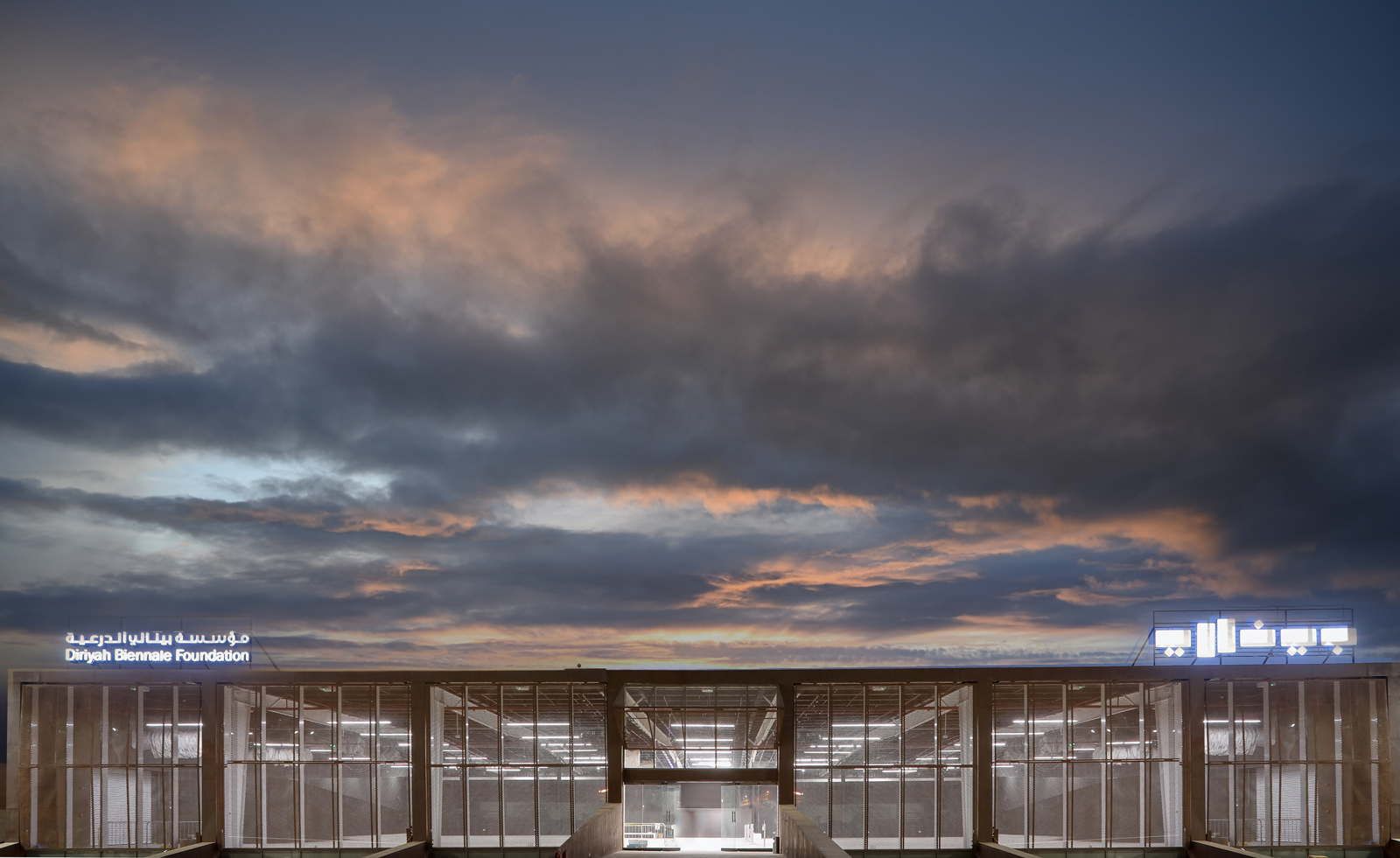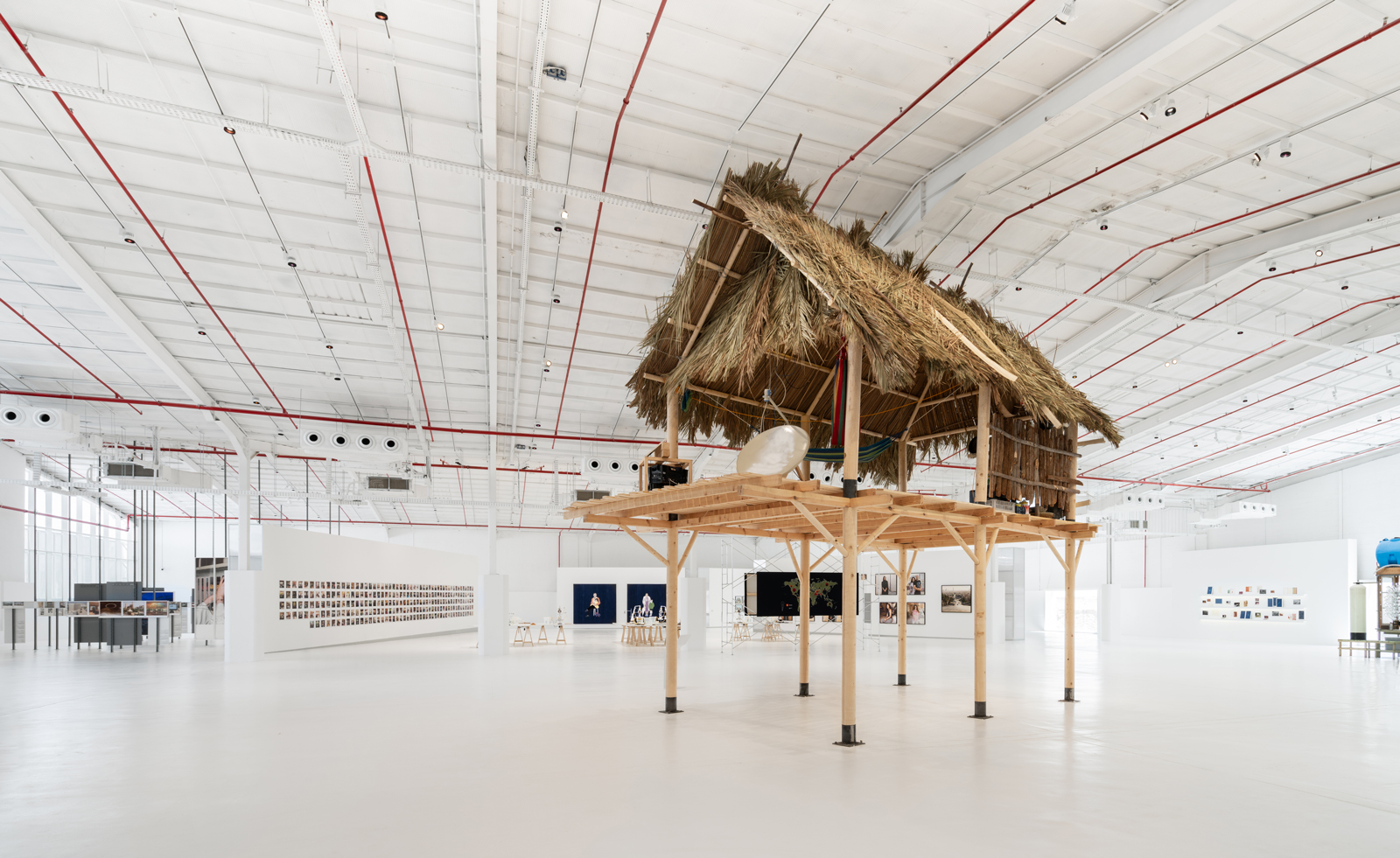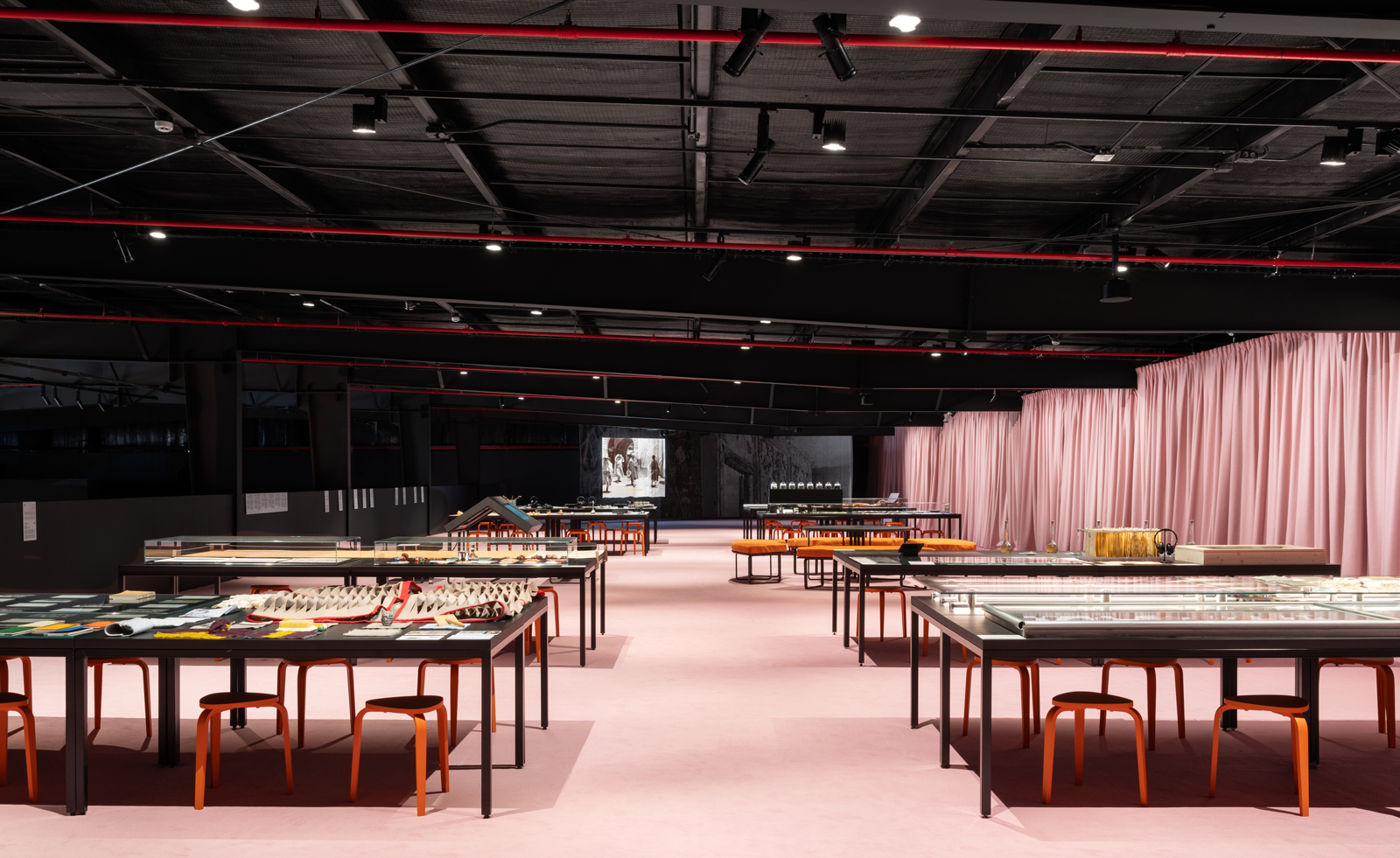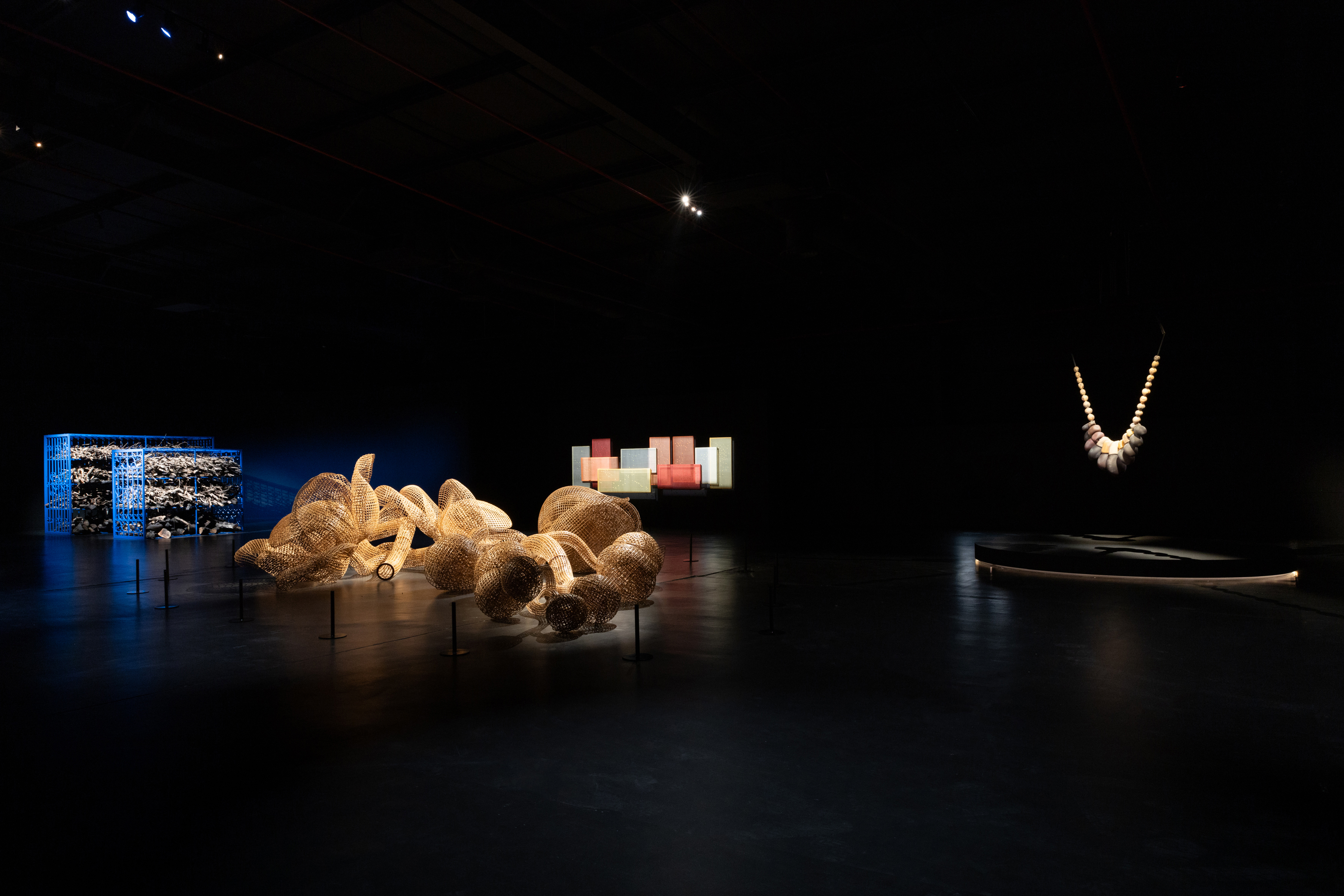
'A Biennale comes alive when people visit it,' says Ute Meta Bauer artistic director of the Diriyah Contemporary Art Biennale 2024 in Riyadh, which she has guided under the title ‘After Rain’.
'It is a testament to the energy and vitality that is shaping Saudi Arabia’s cultural landscape today,' says Bauer of the event’s second iteration, which is organised by the Diriyah Biennale Foundation under the stewardship of the Ministry of Culture (and coincides with land art festival Desert X AlUla 2024 in the kingdom).
Saudi Arabia is vigorously changing, transforming, and opening up to the outside world and the biennale speaks to that revitalisation. For a contextual flashback, tourist visas were granted back in 2017, women were granted permission to drive in 2018 and male/female segregation was abolished in restaurants in 2019. Staging a contemporary art biennale (the first edition, in 2022, was dampened by Covid restrictions) is a big step in upping the cultural capital of the nation that sits hand in hand with a bigger trajectory of attracting tourism and a new soft power status that hopes to generate 15 per cent of GDP by 2030.
Diriyah Contemporary Art Biennale 2024

Transition, reflection, and the dialogue between past and present are very much the themes of Bauer’s thoughtful and thought-provoking multimedia biennale, which brings together 177 artists from the region and worldwide, with the help of four female co-curators (Rose Lejeune, Wejdan Reda, Anca Rujoui, Ana Salazar Herrera) and one male adjunct curator, Rahul Gudipudi, who brings to life the expo online.
The halls offer mini expos under thematic titles, including ‘Stories and Histories’, ‘Environments and Ecologies’ and ‘Modern Legacies and Geopoetics’. Featured work includes that by mature artists who are only receiving recognition today, including the abstract blank ink drawings started during the 1990 Gulf War by Abdulrahman Al Soliman, and intricate collaged textile landscapes by Nabila Al Bassam. These unsung artists are a source of inspiration for a new generation, who can now exercise more freedom in their practice, including the new genre of art films.
What strikes one first is how Saudi Arabian artists’ practices are closely connected to science, research, education, and technology. In a striking exhibit, Saudi Futurism, by Italian photographer and filmmaker Armin Linke and Saudi Arabian multi-disciplinary artist Ahmed Mater, the changing infrastructure is explored through a series of photographic panels that document scientific, archaeological, and architectural sites, from dairy farms, to the architecture of institutional buildings and the big vision of giga-city Neom that is in now the making.
'One of my topics is infrastructure and how humans change landscapes and how one photographs change,' says Linke, who has visited Saudi Arabia over the last 15 years.
‘We wanted to show how industry is part of it and how history creates a vision of the future at this moment of rapid change. The past is an important way to inscribe the future,’ says Mater of the work, which includes tented schemes from Frei Otto. The flash-back/flash-forward assemblages make for dizzying viewing that emphasises the optimism and trepidation that accompanies transformation.

How is Saudi Arabia, which counts 63 per cent of its population between the ages of 20 and 30, shaping a greener future? Ten billion trees are to be planted by 2030, fed by recycled water systems; and 86 metro stations are planned for the ever-expanding city of Riyadh, which will also encompass a park measuring three times the size of Central Park.
Cultural transformation is evident in the JAX district, a former industrial warehouse area that is now a designated cultural zone, and houses the biennale alongside galleries and museums SAMoCa and Noor Riyadh. It echoes the 798 area, or Dashanzi Art District, in Beijing, complete with hip design stores and £4 a cup cold-drip coffee kiosks.
Meanwhile, the Diriyah district, sprouting from the Unesco site of At Turaif, the 18th-century restored fortress and palace, encompasses the scenic Bujairi Terrace, an atmospheric, low-level, upmarket shopping and dining area inspired by ancient, packed-earth buildings. Milan’s Cova and Paris’ Angelina are all in the licensed hospitality mix.

The artistic community is passionate about preserving the past. In an eery work, A Library of Earthen Architectures, Spanish American artist Jorge Otero-Pailos asked eight local collaborators, including Syn architects, to offer up an artifact that captures cultural memory. In the display, inspired by the Sir John Soane Museum, there are shards of frosted decorative glass that were standard in Jeddah homes in the 1980s, a bridal gown, a rammed-earth brick and a steel window that shows bullet damage from the 1979 assault on the Grand Mosque. 'I wanted to create conversations that have not yet opened up,' says Otero-Pailos.
Women are a big part socially and economically of the kingdom’s future. In tribute, German photographer Christine Fenzl was commissioned by the biennale to shoot Women of Riyadh, a series of portraits of women aged 25 to 30, shown at face and eye level in near life-size dimensions. 'It’s about sharing moments that did not exist before. These women want to show who they are and how they live,' says Fenzl of the new visibility of women. ‘After Rain’ captures a moment when culture is emerging and flourishing.
Diriyah Contemporary Art Biennale 2024, ‘After Rain’, until 24 May, biennale.org.sa







